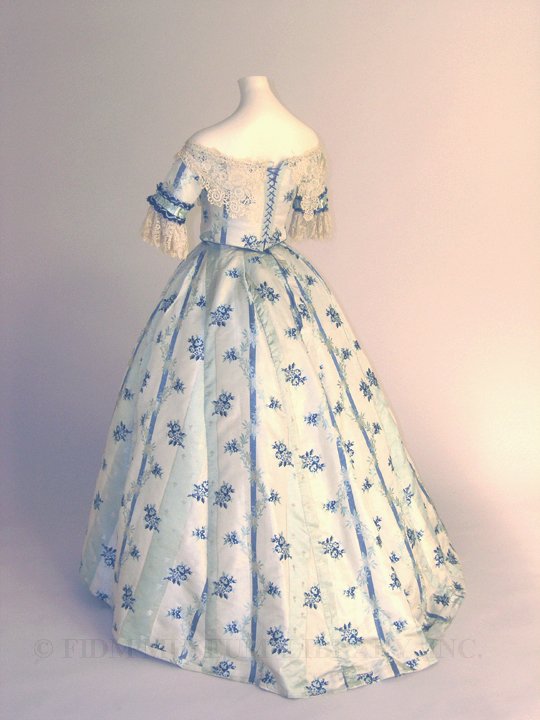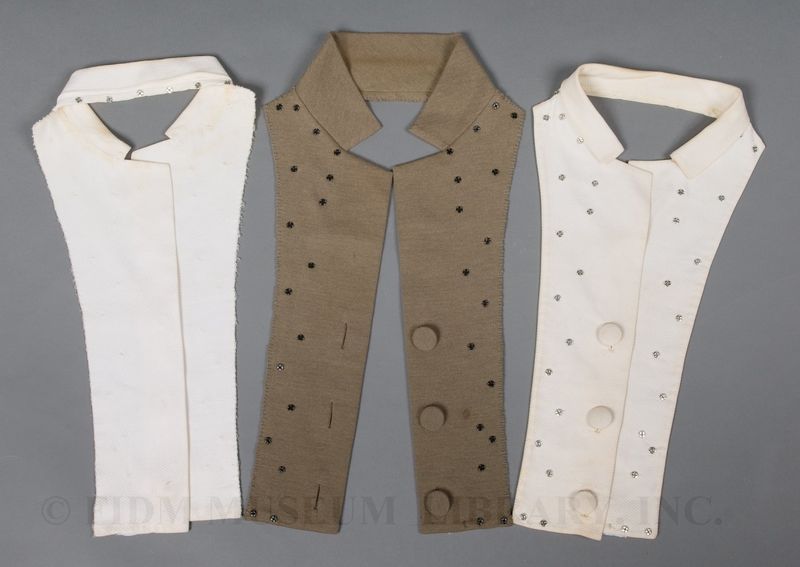As a concept, fashion is based on the appeal of the new. Every season, silhouettes, colors and shapes are re-combined in an effort to create garments of such great appeal that you will replace (or at least supplement) your existing wardrobe. With the appearance of inexpensive, mass-market retailers that stock their racks with “fast fashions”, it has become even easier to fill your closet with garments that resemble the latest runway offerings. Though the savvy shopper is often encouraged to pursue quality over quantity, it is far too easy for many shoppers to believe that new clothes = a new me.
In recent years, consumers and creators of fashion have begun to look at the issue of fashion consumption with a more critical eye. Some creators and producers of fashion struggle with what sustainability and eco-fashion can mean on a practical level through altering production methods or utilizing eco-friendly textiles. Many consumers have taken the issue into their own hands by purchasing only second-hand garments or sewing their own clothes. Others engage in wardrobe refashioning or remixing, a concept which promotes rethinking your closet by recombining or altering those garments you already own.
Refashioning or altering garments to update their style or function is not a new concept. Until the mid-to-late 20th century, most garments were costly enough that they were worn until no longer functional, passed on to someone else or refashioned. In the FIDM Museum collection, we have several examples of garments that have been reimagined to suit the changing needs of the wearer.
Day dress
1853-54
Gift of the Helen Larson Estate
S2001.31.18A-C
What part of this day dress has been re-fashioned? If you thought the the low-cut bodice looked a bit odd, you’re correct! The original neckline of this dress would have been much higher, possibly with a rounded neckline. The circumstances of the alteration are unknown, though the bodice may have been altered to wear at a fancy dress party.
This dress was intended as a true day-to-evening ensemble. In addition to the altered day bodice pictured above, there is also an unaltered evening bodice. A single skirt could be worn with either bodice. Unlike the day bodice, the evening bodice is fairly revealing, with short sleeves and a wide, shoulder-baring neckline. Compare the evening version of this dress to an 1853 fashion plate.
S2001.31.18A-C Evening bodice
S2001.31.18A-C Back view of evening bodice and skirt
A more recent example of wardrobe refashioning is seen in this 1962 Balenciaga suit. A functional rather than structural alteration, this suit is accompanied by 4 dickies that snap into the suit jacket. Almost identical in appearance, the dickies vary only in the textile used. Though it is possible Balenciaga designed this innovation at the request of a client, it is much more likely that the owner of this suit had the dickies created at a later date. By interchanging the dickies, the look of the suit could be subtly varied and didn’t require a matching blouse.
Suit
Balenciaga
1962
Transfer from the Museum at FIT
Gift of the Estate of Anita Loos Emerson
S2004.291.25A-F
Readers! Do you have any examples of wardrobe refashioning to share? Have you adopted this concept as a way to lesson the impact of your fashion consumption? We’d love to hear your stories!







Wonderful examples! I’ve been actively refashioning clothes now for a couple of years and it’s creatively challenging in addition to being better for the environment (and making me a more responsible consumer). Thanks for the post!
Hi Antoinette,
Glad you enjoyed the post! I agree that it’s a creative challenge to look at a garment and then think of how you can reconfigure it to make something new. Given widespread interest in both second-hand shopping and crafting/sewing, it seems like the logical next step. Let’s hope that refashioning grows in popularity!
Wonderful post; thank you for affirming an old tradition. I have sewn most of my own clothes and many of my husband’s for many years, especially enjoying gorgeous fabrics my mother bought during many years of residence in Asia. Besides plain old mending, it gives me confidence in better fit and more original designs–handmade, beautifully, and a joy to wear. The wastefulness of “throwaways” is wasteful on so many counts: poor washability, no longevity, sloppy fit, careless construction, not much beauty. Most recently I made a soft, lovely baby quilt out of old blouses, a fitting end to one cycle and beginning another.
Kristina, your baby quilt sounds fantastic and is such a great use of items that no longer fit their original purpose. Some baby is going to be very happy!
These are really gorgeous pieces! I’m loving that Balenciaga suit. So perfect for business meetings!
I realize it’s been a few years, but I just came across this post. The lovely dress at the top is not at all strange – just a nice example of an alternative style of day body popular circa 1850. The low-V neckline was always filled in with a chemisette; with that missing, of course, it doesn’t look right at all.
The low-V style is one of several alternative day necklines of the 1840s, and it starts being combined with narrow funnel sleeves in 1848:
http://www.lapl.org/sites/default/files/visual-collections/casey-fashion-plates/rbc3818.jpg
By 1850 there are many examples of this combination – here are a couple:
http://www.lapl.org/collections-resources/visual-collections/la-belle-assemblee-485
http://www.lapl.org/collections-resources/visual-collections/world-fashion-332
It lasted until about 1853. By 1854 this neckline was on its way out and was pretty much only seen on basque bodies:
http://www.lapl.org/collections-resources/visual-collections/le-conseiller-des-dames-32
The fashion for short *fitted* sleeves for evening bodies also did not survive past the early ’50s, so I would definitely place the two bodies contemporaneously.